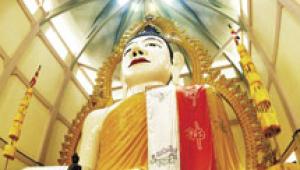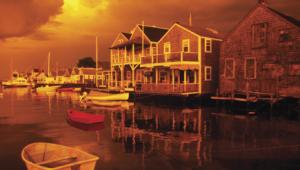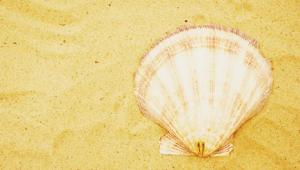Passport
Color Is Content
I've spoken to photographers who believe that "color for color's sake" is a crutch, a cheap shot, because a photograph based on color is not doing what a photograph should do. It doesn't tell you anything, doesn't reveal anything about a place or a person. There are no telling details. These photographers define "content" as the message of the picture, the information the photograph provides. Color, they say, should support the message but not be the message. Color is never the meaning of the photograph. Hogwash. First, let's think about this: what are our eyes attracted to as we move around? What is often the first thing we see, especially if we are traveling in surroundings very different from our own? Most photographers are attracted by light, composition, gesture, and mood. But I'll bet that all are attracted first by color. I know I am. I see color before I see anything else. I literally see it before composition, before light. I'm stopped by it. Secondly, I reject the methodical, analytical approach to photography that says, "If you don't see meaning in it, don't shoot it." And the commercial corollary: "If it doesn't have a commercial application, don't shoot it." I say, "If it's personal or emotional, shoot it." |
|||
"Color is content" is based on emotion. That's the heart of it. Wherever I travel, when I see color I stop. And then I go to work using the other building blocks of an image: composition, light, time of day, lens choice. But often it's my emotional reaction to color that starts the process. And whether I think the picture has a commercial value or not, I have to take it. The photographs you see here are examples of that idea. Color was what first attracted me, and color is the subject. They're not Pulitzer Prize-winning pictures; they're pictures I was drawn to and pictures I took because of their emotional appeal. Sometimes color makes you take the picture, and that's the way it ought to be. |
|||
|






















































